2-CHLOROANILINE HYDROCHLORIDE
- CAS NO.:137-04-2
- Empirical Formula: C6H7Cl2N
- Molecular Weight: 164.03
- MDL number: MFCD00053282
- EINECS: 205-274-7
- SAFETY DATA SHEET (SDS)
- Update Date: 2025-07-14 15:27:00

What is 2-CHLOROANILINE HYDROCHLORIDE?
The Uses of 2-CHLOROANILINE HYDROCHLORIDE
2-Chloroaniline hydrochloride, is used as ice dye basement, used for towels, colored yarn and cloth of cotton, viscose fabric dyeing and printing of chromogenic agent. It is also used as an intermediate in organic synthesis.
Properties of 2-CHLOROANILINE HYDROCHLORIDE
| Melting point: | 220°C (subl.) |
| Boiling point: | 270.51°C (rough estimate) |
| Density | 1.5050 |
| refractive index | 1.6000 (estimate) |
| storage temp. | Inert atmosphere,Room Temperature |
| solubility | Methanol; Water |
| form | Solid |
| Colour Index | 37000 |
| color | White |
| Water Solubility | It is soluble in water. |
| BRN | 3624280 |
| CAS DataBase Reference | 137-04-2(CAS DataBase Reference) |
| EPA Substance Registry System | Benzenamine, 2-chloro-, hydrochloride (137-04-2) |
Safety information for 2-CHLOROANILINE HYDROCHLORIDE
| Signal word | Danger |
| Pictogram(s) |
 Skull and Crossbones Acute Toxicity GHS06  Health Hazard GHS08  Environment GHS09 |
| GHS Hazard Statements |
H301:Acute toxicity,oral H311:Acute toxicity,dermal H331:Acute toxicity,inhalation H373:Specific target organ toxicity, repeated exposure H400:Hazardous to the aquatic environment, acute hazard H410:Hazardous to the aquatic environment, long-term hazard |
| Precautionary Statement Codes |
P260:Do not breathe dust/fume/gas/mist/vapours/spray. P262:Do not get in eyes, on skin, or on clothing. P264:Wash hands thoroughly after handling. P264:Wash skin thouroughly after handling. P270:Do not eat, drink or smoke when using this product. P271:Use only outdoors or in a well-ventilated area. P273:Avoid release to the environment. P280:Wear protective gloves/protective clothing/eye protection/face protection. P284:Wear respiratory protection. P309:IF exposed or if you feel unwell: P310:Immediately call a POISON CENTER or doctor/physician. P391:Collect spillage. Hazardous to the aquatic environment P302+P352:IF ON SKIN: wash with plenty of soap and water. P405:Store locked up. P403+P233:Store in a well-ventilated place. Keep container tightly closed. P501:Dispose of contents/container to..… |
Computed Descriptors for 2-CHLOROANILINE HYDROCHLORIDE
New Products
Indole Methyl Resin tert-butyl 9-methoxy-3-azaspiro[5.5]undecane-3-carboxylate Boc-His(Boc)-OH 2-CTC Resin 4-Chloro-7-tosy1-7Hpyrrolo[2,3-d]pyrimidine 5,7-Dibromo-1H-indole 2,5-dichloro-N-hydroxy-4,6-dimethylpyridine-3-carboximidamide 2,2-Dimethoxy-7-azaspiro[3.5]nonane hydrochloride 4-chloromethyl-5-methyl-1,3-dioxol-2-one (DMDO-Cl) R-2-BENZYLOXY PROPIONIC ACID 1,1’-CARBONYLDIIMIDAZOLE 1,1’-CARBONYLDI (1,2-4 TRIAZOLE) N-METHYL INDAZOLE-3-CARBOXYLIC ACID 4-((2-hydroxyethyl)thio)benzoic acid 1-(TERT-BUTOXYCARBONYL)-2-PYRROLIDINONE Methyl 6-methylnicotinate 3-Pyridineacrylic acid tert-Butyl carbazate TETRAHYDRO-2H-PYRAN-3-OL 2-((4-morpholinophenylamino) (methylthio) methylene) malononitrile 3-(4-morpholinophenylamino)-5-amino-1H-pyrazole-4-carbonitrile 2,4-dihydroxybenzaldehyde 1,3-Diethyl-1,3-Diphenylurea Methyl 2-methylquinoline-6-carboxylateRelated products of tetrahydrofuran
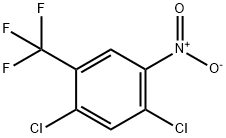

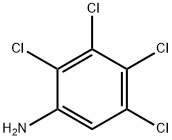

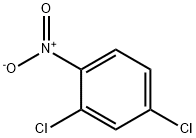
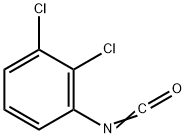
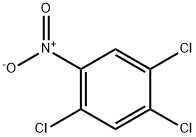

You may like
-
 2-Chloroaniline Hydrochloride CAS 137-04-2View Details
2-Chloroaniline Hydrochloride CAS 137-04-2View Details
137-04-2 -
 2-Chloroaniline hydrochloride CAS 137-04-2View Details
2-Chloroaniline hydrochloride CAS 137-04-2View Details
137-04-2 -
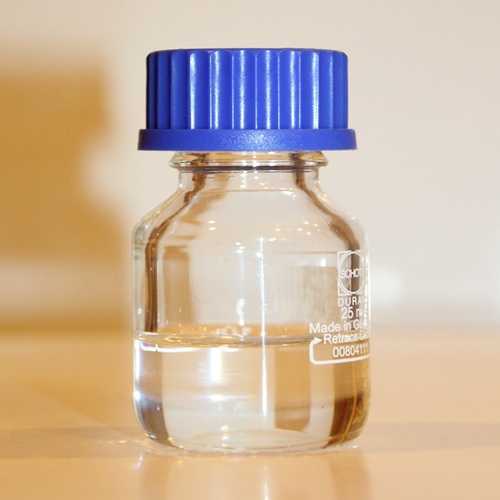 Pyridine 99.5% HPLC /UV SpectroscopyView Details
Pyridine 99.5% HPLC /UV SpectroscopyView Details
110-86-1 -
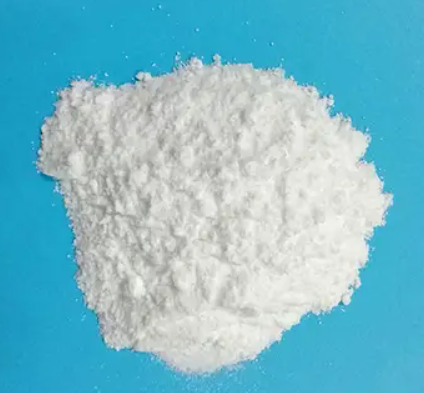 Piperazine Spot supply, best priceView Details
Piperazine Spot supply, best priceView Details
110-85-0 -
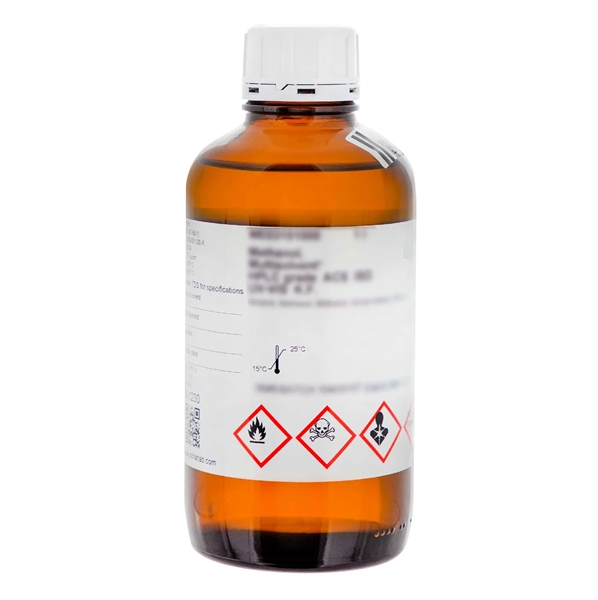 Dibutyl PhthalateView Details
Dibutyl PhthalateView Details
84-74-2 -
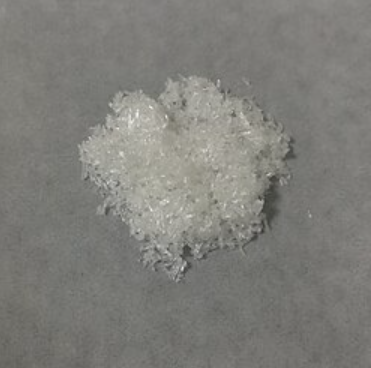 Imidazole Spot supply, competitive priceView Details
Imidazole Spot supply, competitive priceView Details
288-32-4 -
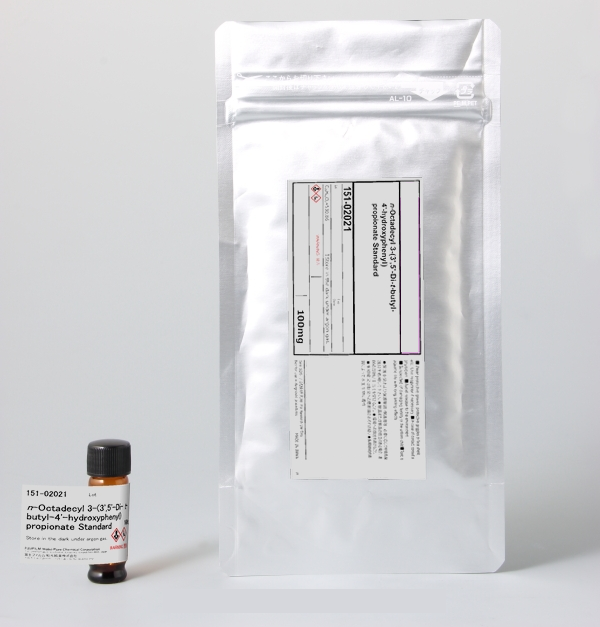 Octadecyl 3-(3,5-di-tert-butyl-4-hydroxyphenyl)propionate 98% (GC)View Details
Octadecyl 3-(3,5-di-tert-butyl-4-hydroxyphenyl)propionate 98% (GC)View Details
2082-79-3 -
 Thiourea 99% ARView Details
Thiourea 99% ARView Details
62-56-6
Statement: All products displayed on this website are only used for non medical purposes such as industrial applications or scientific research, and cannot be used for clinical diagnosis or treatment of humans or animals. They are not medicinal or edible.
